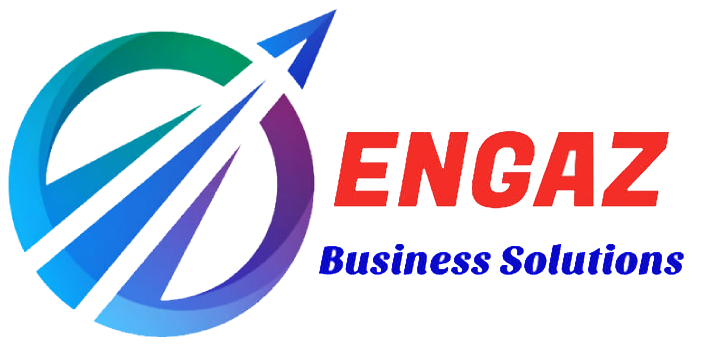
Buy side and sell side consultancy services play important roles in facilitating transactions and investments in healthcare projects. Here’s an overview of each:
- Buy Side Consultancy:
- Definition: Buy side consultancy involves providing advisory services to entities looking to acquire or invest in healthcare projects, such as hospitals, healthcare facilities, or medical technology companies.
- Services Offered:
- Identifying investment opportunities: Conducting market research and due diligence to identify potential targets that align with the buyer’s investment criteria.
- Valuation analysis: Assessing the value of healthcare projects through financial modeling, benchmarking, and comparative analysis.
- Due diligence: Conducting comprehensive due diligence to evaluate the target’s financial, operational, legal, and regulatory aspects.
- Deal structuring: Advising on deal structuring, negotiation, and financing arrangements to optimize terms and mitigate risks.
- Transaction support: Providing support throughout the transaction process, including contract negotiations, regulatory approvals, and closing activities.
- Sell Side Consultancy:
- Definition: Sell side consultancy involves providing advisory services to healthcare project owners or sellers who are looking to divest their assets or attract investors.
- Services Offered:
- Preparation for sale: Assisting healthcare project owners in preparing their assets for sale, including financial analysis, valuation, and presentation materials.
- Market positioning: Developing marketing strategies and positioning the healthcare project to attract potential buyers or investors.
- Deal structuring: Advising on deal structuring and pricing to maximize value for the seller while meeting the needs of potential buyers.
- Due diligence support: Assisting with due diligence activities, including preparing data rooms, responding to buyer inquiries, and addressing potential issues.
- Negotiation support: Providing support during negotiations with potential buyers or investors to achieve favorable terms and maximize value for the seller.
- Key Considerations:
- Industry Expertise: Both buy side and sell side consultants need deep industry expertise and knowledge of the healthcare sector, including market trends, regulatory requirements, and operational considerations.
- Client Objectives: Consultants must understand their client’s objectives, whether they are looking to acquire assets, divest, or attract investment, and tailor their services accordingly.
- Confidentiality: Given the sensitive nature of healthcare transactions, consultants must prioritize confidentiality and adhere to strict confidentiality agreements to protect their clients’ interests.
- Regulatory Compliance: Consultants must ensure compliance with healthcare regulations, antitrust laws, and other legal requirements throughout the transaction process.
In summary, buy side and sell side consultancy services provide valuable support to buyers, sellers, and investors in healthcare projects, helping them navigate complex transactions, mitigate risks, and achieve their strategic objectives.
Mergers & Acquisitions Assistance for healthcare projects
Mergers and acquisitions (M&A) assistance for healthcare projects involves providing comprehensive advisory services to healthcare organizations seeking to merge with or acquire other entities. Here’s a structured approach to M&A assistance for healthcare projects:
- Strategic Assessment:
- Conduct a strategic assessment to define the objectives and rationale behind the M&A transaction. Identify the strategic drivers, such as geographic expansion, service line diversification, or market consolidation.
- Assess the compatibility of potential targets with the buyer’s strategic goals, culture, and operational capabilities.
- Evaluate the potential synergies and value creation opportunities that could result from the M&A transaction.
- Target Identification and Screening:
- Identify and screen potential targets that align with the buyer’s strategic objectives and investment criteria.
- Conduct market research, industry analysis, and competitor profiling to identify suitable acquisition targets.
- Evaluate potential targets based on criteria such as financial performance, market position, operational capabilities, and regulatory compliance.
- Valuation and Financial Analysis:
- Perform comprehensive valuation analysis of potential targets to determine their fair market value.
- Use various valuation methodologies, such as discounted cash flow (DCF), comparable company analysis (CCA), and precedent transactions analysis, to assess the target’s worth.
- Evaluate the financial impact of the proposed M&A transaction on the buyer’s financial position, including revenue projections, cost synergies, and potential risks.
- Due Diligence:
- Conduct thorough due diligence to assess the target’s financial, operational, legal, and regulatory aspects.
- Review financial statements, operational metrics, contracts, legal documents, and regulatory compliance records.
- Identify potential risks, liabilities, and contingencies that could impact the success of the M&A transaction.
- Deal Structuring and Negotiation:
- Develop optimal deal structures and negotiation strategies to maximize value for the buyer while mitigating risks.
- Negotiate key deal terms, including purchase price, payment terms, earn-outs, warranties, and indemnities.
- Advise on regulatory approvals, antitrust considerations, and other legal and regulatory aspects of the transaction.
- Integration Planning:
- Develop a comprehensive integration plan to facilitate the seamless integration of the acquired entity into the buyer’s organization.
- Identify integration priorities, key milestones, and critical success factors.
- Establish cross-functional integration teams and assign responsibilities to ensure effective coordination and execution of integration activities.
- Regulatory and Compliance Assistance:
- Navigate regulatory and compliance requirements associated with healthcare M&A transactions, such as licensure, accreditation, and certificate of need (CON) approvals.
- Ensure compliance with healthcare regulations, antitrust laws, and other legal requirements throughout the M&A process.
- Stakeholder Communication and Change Management:
- Develop communication strategies to keep stakeholders informed and engaged throughout the M&A process.
- Manage change effectively by addressing employee concerns, maintaining morale, and fostering a culture of collaboration and integration.
- Post-Merger Integration Support:
- Provide ongoing support and guidance during the post-merger integration phase to ensure a smooth transition and realization of synergies.
- Monitor integration progress, track performance against integration milestones, and address any issues or challenges that arise.
- Facilitate knowledge transfer, best practice sharing, and cultural alignment between the buyer and the acquired entity.
By following this structured approach to M&A assistance for healthcare projects, organizations can navigate complex transactions, mitigate risks, and achieve their strategic objectives effectively.




